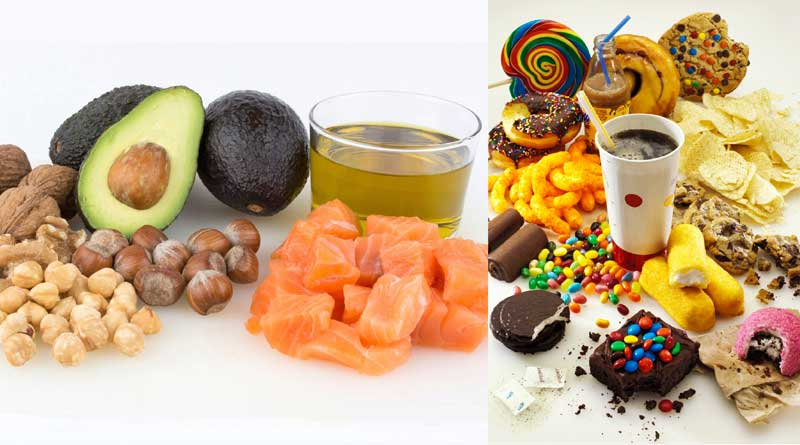In the realm of nutrition, fats often get a bad rap. But not all fats are created equal. In fact, some fats are essential for optimal health, while others can have detrimental effects on our well-being. In this comprehensive guide, we’ll delve into the world of fats, exploring the differences between healthy fats and unhealthy fats, and providing practical tips for incorporating more of the good fats into your diet while minimizing the bad ones.
1. The Importance of Fats in the Diet
Contrary to popular belief, fats are an essential macronutrient that plays a vital role in our bodies. Fats provide energy, support cell growth, protect organs, and help the body absorb certain vitamins. However, it’s crucial to choose the right kinds of fats to reap their health benefits.
2. Healthy Fats: Unsaturated Fats
Healthy fats, also known as unsaturated fats, include monounsaturated and polyunsaturated fats. These fats are liquid at room temperature and are typically found in plant-based foods and fatty fish. Examples include olive oil, avocados, nuts, seeds, and fatty fish like salmon and mackerel.
3. Benefits of Healthy Fats
Healthy fats have numerous health benefits. They can help reduce inflammation, lower the risk of heart disease, improve cholesterol levels, and support brain health. Additionally, incorporating healthy fats into meals can enhance satiety and promote weight management.
4. Unhealthy Fats: Saturated and Trans Fats
On the other hand, unhealthy fats include saturated and trans fats. Saturated fats are solid at room temperature and are primarily found in animal-based foods such as meat, dairy products, and butter. Trans fats, also known as trans-fatty acids, are created through the process of hydrogenation and are commonly found in processed and fried foods.
5. Risks of Unhealthy Fats
Consuming too many unhealthy fats can increase the risk of heart disease, raise LDL (bad) cholesterol levels, contribute to weight gain, and promote inflammation in the body. The American Heart Association recommends limiting the intake of saturated and trans fats to reduce the risk of cardiovascular disease.
6. Making Healthier Choices
Making healthier fat choices involves replacing unhealthy fats with healthier alternatives. For example, swap butter for olive oil when cooking, choose lean cuts of meat, opt for low-fat dairy products, and limit the consumption of processed and fried foods high in trans fats.
7. Reading Food Labels
Reading food labels can help you identify sources of unhealthy fats in packaged foods. Look for keywords such as “partially hydrogenated oils” or “trans fats” in the ingredient list, and aim to choose products with lower saturated and trans fat content.
8. Cooking Methods Matter
The way you cook your food can also impact its fat content. Opt for healthier cooking methods such as baking, grilling, steaming, or sautéing with minimal oil, rather than deep-frying or pan-frying foods, which can add unnecessary saturated and trans fats.
9. Balancing Your Fat Intake
While it’s essential to limit unhealthy fats, it’s also crucial to achieve a balance between different types of fats in your diet. Aim to incorporate a variety of healthy fats into your meals, including sources from plant-based foods, fish, nuts, and seeds, to optimize your overall health and well-being.
10. Frequently Asked Questions (FAQs):
Q1: Are all fats bad for you? A1: No, not all fats are bad. Healthy fats, such as those found in avocados, nuts, and olive oil, are essential for optimal health.
Q2: What are some examples of foods high in unhealthy fats? A2: Foods high in unhealthy fats include fried foods, processed snacks, fatty cuts of meat, full-fat dairy products, and baked goods made with hydrogenated oils.
Q3: Can I eat fat-free foods instead of foods with healthy fats? A3: While fat-free foods may seem like a healthier option, they often contain added sugars and artificial ingredients to compensate for the lack of fat. It’s generally better to choose whole, minimally processed foods that contain healthy fats in moderation.
Q4: How much fat should I consume in a day? A4: The Dietary Guidelines for Americans recommend that fats should make up 20-35% of your total daily calories, with an emphasis on choosing sources of healthy fats.
Q5: Are there any health benefits to coconut oil? A5: While coconut oil is high in saturated fat, some studies suggest that it may have certain health benefits when consumed in moderation. However, more research is needed to fully understand its effects on health.

